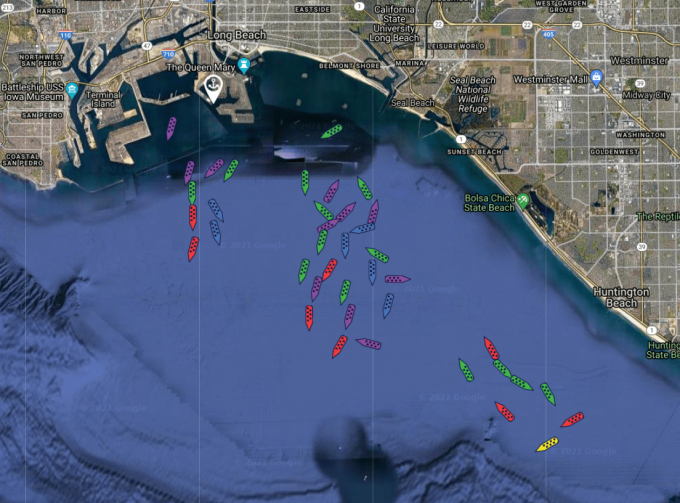'Tariff madness' will prompt renegotiation of ocean shipping contracts
Today’s “absolutely nuts” container shipping market will spur contract renegotiations, as rates and minimum quantity ...

Ocean carriers are continuing to redeploy tonnage onto more lucrative east-west tradelanes, leaving shippers on lower-paying routes without a regular liner service.
According to Alphaliner, the Asia to Middle East trade is one of the secondary trades most affected by the drift of ships to other services, with no major carrier now able to offer a weekly sailing.
The consultant said it had counted just 29 vessels deployed on the seven dedicated China-Middle East services operated by the major carriers, whereas 50 ...
Outlook for container shipping 'more uncertain now than at the onset of Covid'
Shippers warned: don't under-value US exports to avoid tariffs – 'CBP will catch you'
Cancelled voyages take the sting out of spot rate declines this week
New Houthi warning to shipping as rebel group targets specific companies
Teamsters union vows UPS will be 'in for a hell of a fight' over jobs cull
K+N CEO unveils impact of US import tariffs on China-origin goods
Blanked sailings in response to falling demand 'just a stop-gap solution'
CMA CGM to reflag box ship as the French carrier eyes growing Indian market
More pressure on transpacific rates as carriers bet on a China-US trade deal
Boeing looks to resell up to 50 aircraft rejected by Chinese buyers
'Strong start' to 2025, despite market uncertainty, says Kuehne + Nagel
US Customs chaos means 'more downside risk than upside potential' for air cargo
Taiwan ministries act to mitigate effect of trade war on agriculture exports
Wan Hai joins box shipping 'arms race', but avoids Chinese yards for newbuilds
MOL signs up with Climeworks for direct air carbon capture and storage

Comment on this article
Bruce Hartman
September 15, 2021 at 7:33 pmCan we see the chart?
Alex Lennane
September 16, 2021 at 8:38 amSorry, we meant the chart of ships that is the main picture.